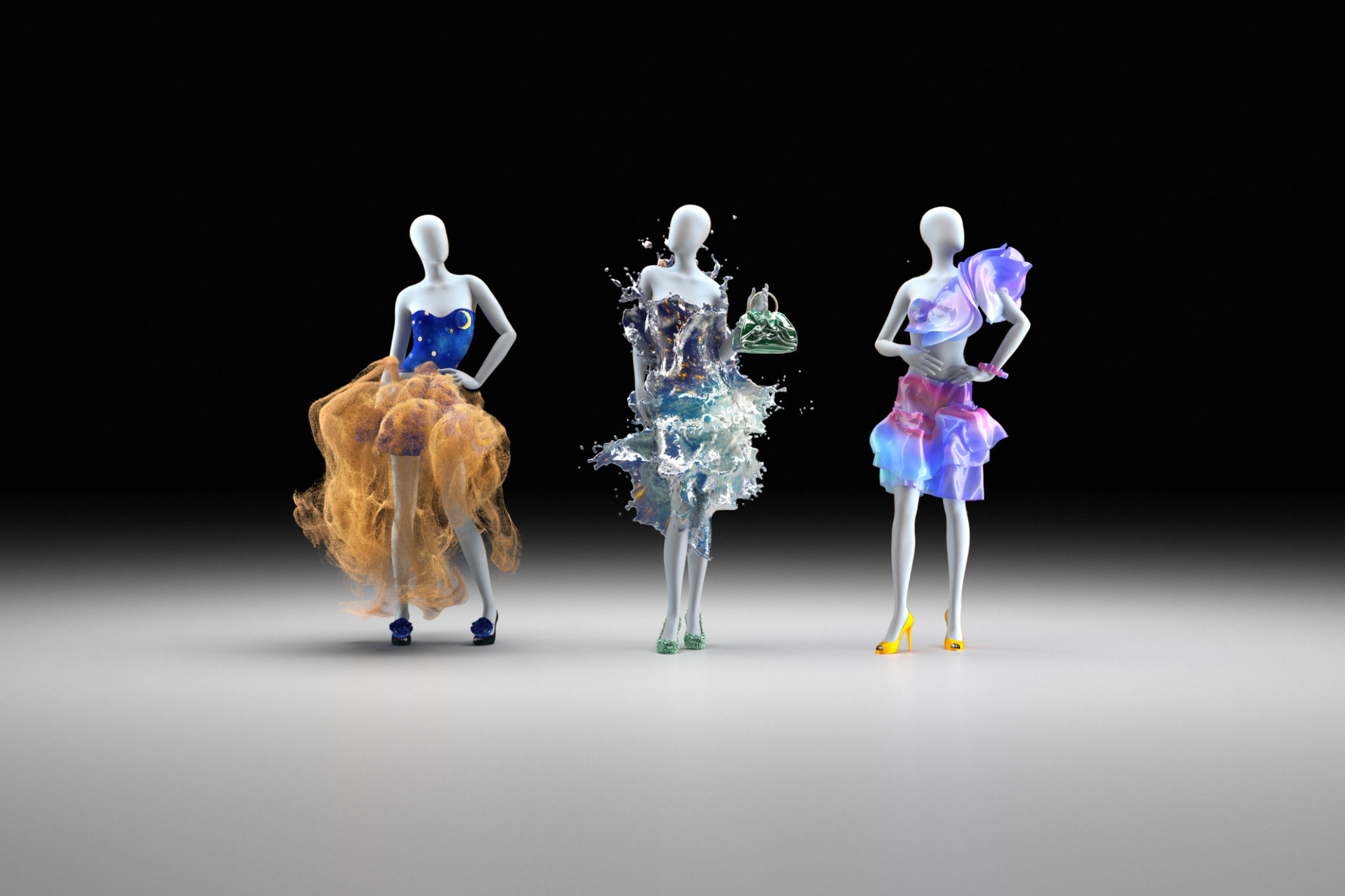Integrating Fashion with Technology: The Rise of Smart Textiles
The Intersection of Fashion and Technology
In recent years, the fashion industry has witnessed a significant transformation with the integration of technology. This evolution has given rise to an innovative sector known as smart textiles. These are fabrics embedded with digital components and technology that add value beyond traditional clothing.
The concept of smart textiles is not entirely new, but advancements in technology have propelled their development into mainstream fashion. From sportswear that monitors performance metrics to everyday clothing that adapts to environmental conditions, the possibilities are vast and exciting.

What Are Smart Textiles?
Smart textiles, also known as e-textiles, are fabrics that have been developed with new technologies providing added functionality. There are generally two types of smart textiles:
- Passive smart textiles: These can sense environmental conditions or stimuli but do not react to them. Examples include UV-protective clothing or fabrics that change color under certain lighting conditions.
- Active smart textiles: These can sense and respond to environmental changes. Examples include jackets that adjust insulation based on the temperature or fitness gear that monitors heart rate and other vitals.
The integration of electronic components such as sensors, actuators, and microcontrollers into fabrics is what distinguishes smart textiles from traditional textiles.
Applications in Everyday Life
The practical applications of smart textiles are diverse. In the realm of healthcare, smart clothing can monitor vital signs, track physical activity, and even detect changes in health conditions. This provides valuable data for both individuals and healthcare providers.
In sports and fitness, smart textiles have revolutionized how athletes train and perform. By integrating sensors into sportswear, athletes can gather data on their movements, optimize their performance, and prevent injuries by analyzing these metrics.

The Fashion Industry's Embrace
The fashion industry is increasingly embracing smart textiles, as designers and brands seek to offer more than just aesthetic appeal. The incorporation of technology into fashion allows for customization and personalization, meeting the demands of tech-savvy consumers who value both style and functionality.
Leading fashion houses and emerging designers alike are experimenting with smart fabrics to create unique pieces that captivate consumers. This blend of innovation with design opens up a new realm of possibilities for fashion enthusiasts.
Challenges and Considerations
Despite the excitement surrounding smart textiles, there are challenges to consider. Durability is a key concern, as electronic components must withstand regular wear and washing. Cost is another factor, as the integration of technology can make these garments more expensive than traditional clothing.

Additionally, there are privacy considerations related to data collection from smart garments. Ensuring that user data is protected and utilized ethically is crucial as these technologies become more widespread.
The Future of Smart Textiles
The future of smart textiles is promising, with ongoing research and development leading to ever-more sophisticated innovations. As technology advances, the capabilities of smart textiles will likely expand, offering consumers even greater benefits.
Collaboration between tech companies and fashion designers will continue to drive this evolution, resulting in clothing that not only looks good but also enhances our daily lives.
In conclusion, the rise of smart textiles represents a compelling intersection of fashion and technology. As these innovations become more prevalent, they promise to redefine the way we think about clothing and its role in our lives.
